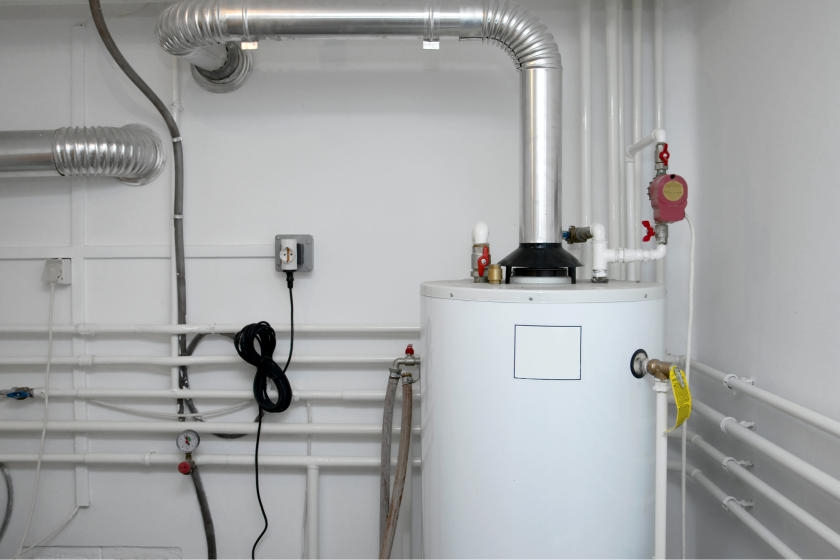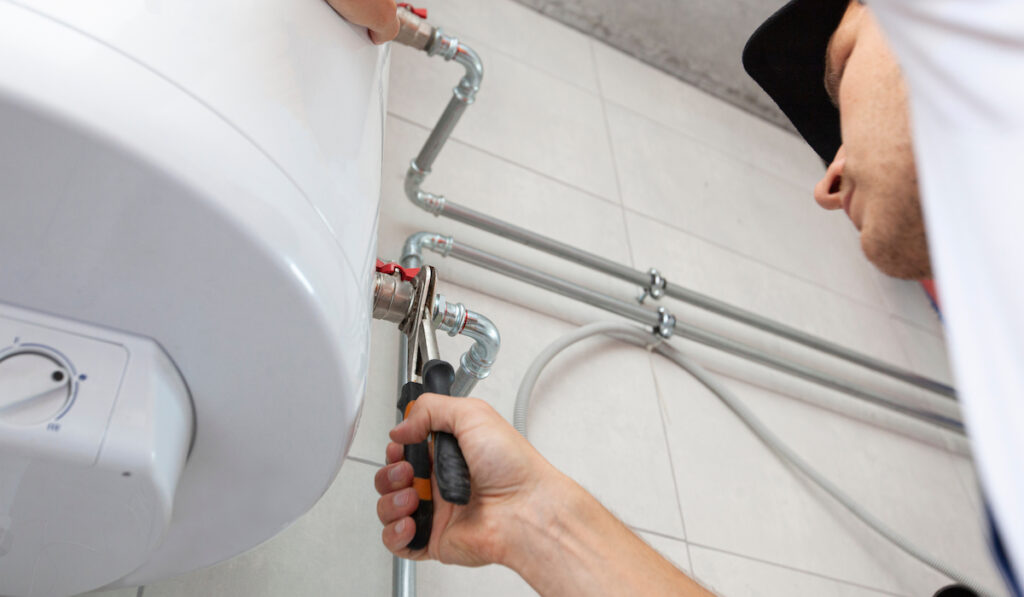Best Practices for Maintaining Your Home's Hot Water SystemEssential Tips on Maintaining Your Home's Hot Water System
Best Practices for Maintaining Your Home's Hot Water SystemEssential Tips on Maintaining Your Home's Hot Water System
Blog Article
We've uncovered this great article pertaining to How to Maintain a Hot Water Heater in a Few Simple Steps down the page on the net and accepted it made sense to share it with you over here.

Warm water is vital for day-to-day comfort, whether it's for a revitalizing shower or washing recipes. To ensure your warm water system runs efficiently and lasts much longer, regular maintenance is vital. This article offers sensible suggestions and understandings on how to preserve your home's warm water system to prevent disruptions and expensive fixings.
Introduction
Keeping your home's hot water system may appear challenging, yet with a few easy actions, you can ensure it operates efficiently for years to find. This overview covers everything from understanding your warm water system to DIY maintenance ideas and recognizing when to call specialist aid.
Relevance of Maintaining Your Hot Water System
Normal upkeep not just expands the life-span of your warm water system but also ensures it operates efficiently. Overlooking maintenance can result in decreased effectiveness, higher energy bills, and even premature failure of the system.
Signs Your Hot Water System Needs Maintenance
Knowing when your hot water system requires focus can protect against significant concerns. Keep an eye out for indicators such as irregular water temperature level, odd sounds from the heating unit, or rustic water.
Flushing the Water Heater
Flushing your hot water heater eliminates debris build-up, enhancing effectiveness and extending its life.
Checking and Replacing Anode Rods
Anode rods prevent rust inside the storage tank. Inspecting and changing them when broken is critical.
Facility Problems Needing Professional Help
Examples consist of significant leaks, electrical troubles, or if your hot water heater is constantly underperforming.
Routine Professional Upkeep Advantages
Professional upkeep can consist of extensive inspections, tune-ups, and making sure compliance with safety criteria.
Examining and Readjusting Temperature Settings
Readjusting the temperature setups makes sure optimal efficiency and security.
DIY Tips for Upkeep
You can perform numerous upkeep tasks on your own to keep your warm water system in leading condition.
Checking for Leaks
Consistently check pipes and connections for leakages, as these can cause water damage and greater bills.
Comprehending Your Warm Water System
Before diving right into maintenance jobs, it's valuable to understand the fundamental elements of your hot water system. Normally, this includes the hot water heater itself, pipes, anode poles, and temperature controls.
Regular Monthly Maintenance Tasks
Routine monthly checks can assist capture minor concerns before they intensify.
Examining Stress Relief Valves
Examining the pressure safety valve guarantees it works properly and prevents extreme stress buildup.
Shielding Pipes
Protecting warm water pipelines decreases warmth loss and can save energy.
When to Call a Specialist
While DIY upkeep is advantageous, some problems need specialist proficiency.
Verdict
Regular maintenance of your home's warm water system is important for effectiveness, long life, and cost savings. By complying with these ideas and recognizing when to seek expert aid, you can make certain a reputable supply of warm water without unanticipated disruptions.
How to Maintain an Instant Hot Water Heater
Before tinkering with your hot water heater, make sure that it’s not powered on. You also have to turn off the main circuit breaker and shut off the main gas line to prevent accidents. Also turn off the water valves connected to your unit to prevent water from flowing into and out of the appliance. 2. When you’re done, you have to detach the purge valves’ caps. These look like the letter “T” and are situated on either side of the water valves. Doing so will release any pressure that has accumulated inside the valves while at the same time avoid hot water from shooting out and burning your skin. 3. When the purge valves’ caps are removed, you have to connect your hosing lines to the valves. Your unit should have come with three hoses but if it didn’t, you can purchase these things from any hardware or home repair shops. You can also get them from retail stores that sell water heating systems. Read the user’s manual and follow it to complete this task properly. When the hosing lines are connected, open the purge port’s valves. 4. You should never use harsh chemical cleaners or solutions when cleaning your unit. Make use of white vinegar instead. It should be undiluted and you’ll probably use about 2 gallons. 5. Now flush your water heater. This task should probably take about 40 minutes. We can’t give you specific directions for this because the procedure is carried out depending on the type, model and brand of your heater. With that being said, refer to the user’s manual. 6. When you’re done draining the unit, you have to turn off the purge port valves again. Remove the hosing lines that you earlier installed on each of the water valves. Put the valve caps (purge port) back in their respective places and be very careful so as not to damage the rubber discs that are found inside these caps. 7. Now that everything’s back in place, check your user’s manual again to find out how to reactivate your water heating system. 8. Once it is working, turn one of your hot water faucets on just to let air pass through the heater’s water supply pipes. Leave the tap on until water flows smoothly out of it. https://www.orrplumbing.com/blog/2014/september/how-to-maintain-an-instant-hot-water-heater/

We had been introduced to that report on Water Heater Maintenance Tips You Can't Afford to Forget through a pal on our other web page. Appreciated our post? Please quickly share it. Let other people discover it. Thanks for your time. Return soon.
Call Today Report this page